CHICAGO – Mitch Garver stepped into the batter's box and you could practically hear people breathing down on the field. A place revered for its rollicking party scene was quieter than solitary confinement.
Garver took one pitch, fouled another into the stands and then grounded out.
Silence, except for a faint buzz of piped-in noise.
Next up, Josh Donaldson.
More hush.
Baseball without noise is still baseball, and that's a wonderful old friend coming back into our lives. But goodness, this will be a unique experience.
The Twins' exhibition against the Chicago Cubs at Wrigley Field on Wednesday provided one opportunity for live work against a real opponent before lifting the curtain Friday across town against the White Sox.
The dress rehearsal — a 4-3 loss — also gave a glimpse of how pandemic baseball sans fans will look and sound: Definitely different.
"With the emptiness of Wrigley Field right now, it takes some getting used to," Twins starter Homer Bailey said. "… The emptiness of it is kind of strange."
This is how it felt in person: I was sitting in a beautiful, iconic ballpark, but if I closed my eyes and just listened, every noise was amplified tenfold by the lack of crowd noise.
The umpire's strike call. The crack of the bat. The pop of the catcher's mitt. Foul balls clanging off empty seats. Clapping in the dugout. Talking in the dugout. An outfielder calling for a fly ball. A train rumbling by.
"You could kind of hear things that you wouldn't normally hear," Twins manager Rocco Baldelli said.
The thwack of the ball leaving Willson Contreras' bat on a blast off Bailey in the third inning was the equivalent of an angry-face emoji. It sounded menacing.
Foul balls fly into the stands and nobody scrambles to grab them.
Maybe balls that escape cleaning crews will become an unexpected souvenir when fans eventually are allowed back inside. Hopefully this season.
The Cubs found a purpose for all those empty seats. Gigantic advertisements cover the bleachers in the outfield, a revenue source to mitigate losses from spectator-less games.
Three canopy tents were spread out in the expensive seats along the third base line behind the Cubs dugout. They were placed there presumably for team personnel during camp, and there is no real need to take them down.
Major League Baseball is trying to simulate as much of the normal game operations as possible, to create some degree of ambience.
The Cubs' public address announcer announced the lineups with enthusiastic voice inflection, probably out of habit. Fake cheers are piped in at moments when a crowd would roar. The organist also got some airtime between at-bats.
It will be interesting to see what effect, if any, the absence of crowd noise will have on player performance.
Maybe it won't be a big deal because pro athletes should be able to focus regardless of circumstances, but the emotion and adrenaline that permeate a packed stadium at a tense moment is undeniable.
The vibe inside and outside the ballpark felt weird Wednesday, even for an exhibition. Two hours before first pitch, there were no fans snapping selfies beneath the famed Wrigley marquee at the corner of Addison and Clark. Murphy's Bleachers had a few customers on the patio, but the popular establishment had no problem with social distancing.
It was surreal to see Wrigleyville so empty and unplugged.
"Definitely a different environment than anything I've been involved in at a major league ballpark," Baldelli said. "Even small crowds are significantly different than no crowd."
Some residents in neighborhoods surrounding Wrigley like to watch games on TV with their windows open to hear the noise. Because of the tape delay, they can tell if something exciting is about to happen on their TV by the crowd's roar.
The fake cheers piped in this season might give them a clue, but it will be different.
Different is fine. Weird is fine. Because baseball without noise beats the heck out of no baseball at all.
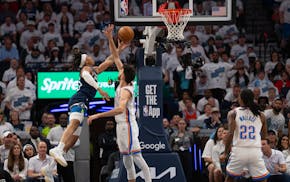
Scoggins: Finch's next challenge is to unleash the Wolves' youngsters

Scoggins: Timberwolves learn just how far behind they are
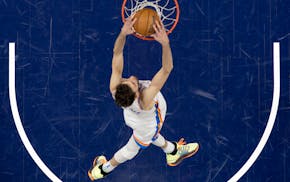
Scoggins: Chet Holmgren is in the right place at the right time
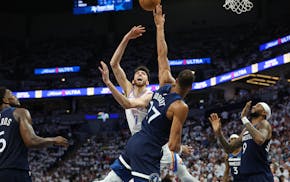
Chet Holmgren remains a basketball unicorn, a status forged in Minnesota and on display in the NBA
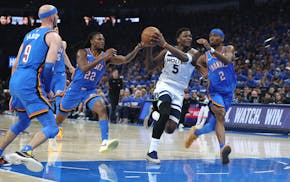

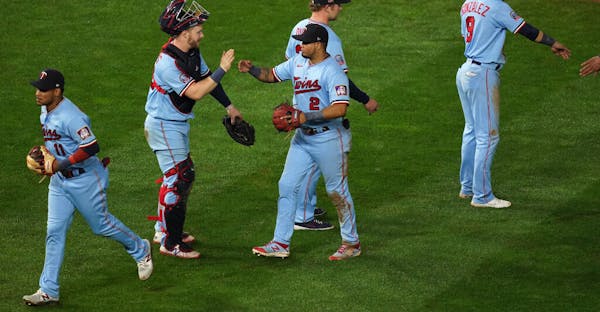
![Minnesota Twins outfielder Eddie Rosario. ] CARLOS GONZALEZ • cgonzalez@startribune.com – Fort Myers, FL – February 20, 2020, CenturyLink Sports](https://arc.stimg.co/startribunemedia/BY7YSADX6ASA2KDV7V36SEKPWY.jpg?w=600&h=600&auto=format%2Ccompress&cs=tinysrgb)